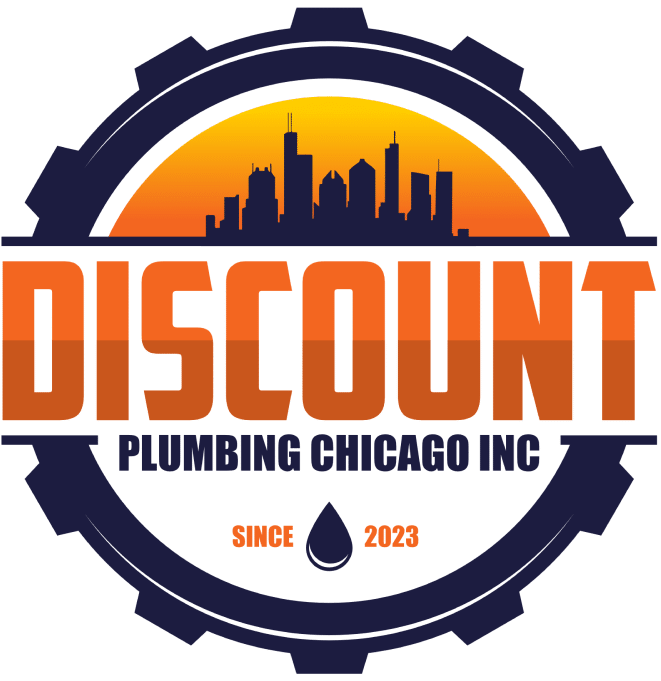Have you noticed a strange taste or odor in your tap water lately? Or perhaps you’ve experienced low water pressure in your shower or sink? These could be signs of a backflow issue in your plumbing system. Backflow occurs when the flow of water in your pipes reverses, allowing contaminated water to enter your clean water supply. This can be a serious health hazard if left unchecked. In this article, we’ll explore some common signs that you might have a backflow issue in your plumbing system. By understanding these warning signs, you can take action to protect yourself and your family from potential health risks. So, let’s dive in and learn how to identify backflow problems in your home’s plumbing system.
What is backflow?
Backflow is a plumbing problem that occurs when the normal flow of water in your pipes reverses, allowing contaminated water to enter your clean water supply. This can happen when there is a drop in water pressure in the main water supply or when there is a problem with your plumbing system. Backflow can occur in both residential and commercial plumbing systems and can be caused by a variety of factors.
Why is backflow a problem?
Backflow is a serious problem because it can contaminate your clean water supply with harmful bacteria and other contaminants. This can pose a health risk to you and your family, especially if you have young children or elderly individuals in your home. In addition to the health risks, backflow can also cause damage to your plumbing system, leading to costly repairs and potential water damage.
Common causes of backflow
There are several common causes of backflow in plumbing systems. One of the most common causes is a drop in water pressure in the main water supply. This can happen during periods of high demand, such as during a heatwave or a drought. Another common cause of backflow is a problem with your plumbing system, such as a broken pipe or a faulty valve. Other factors that can contribute to backflow include cross-connections between your plumbing system and other systems, such as irrigation systems or swimming pools.
Signs of a backflow issue in your plumbing system
There are several signs that you may have a backflow issue in your plumbing system. One of the most common signs is a change in the taste or odor of your tap water. If your water tastes or smells like sewage, it could be a sign that contaminated water is entering your clean water supply. Another common sign of backflow is low water pressure in your shower or sink. This can be caused by a drop in water pressure in the main water supply or by a problem with your plumbing system, such as a clog or a leak.
Testing for backflow
If you suspect that you have a backflow issue in your plumbing system, it’s important to have your system tested as soon as possible. A professional plumber can perform a backflow test to determine if there is a problem with your system. During a backflow test, the plumber will check the water pressure in your system and look for any signs of contamination. If a problem is detected, the plumber can recommend the best course of action to repair the issue.
How to prevent backflow in your plumbing system
Preventing backflow in your plumbing system is essential to maintaining a safe and healthy water supply. One of the best ways to prevent backflow is to install a backflow prevention device. This device is designed to prevent contaminated water from entering your clean water supply by creating a physical barrier between the two. Other ways to prevent backflow include regular maintenance of your plumbing system, such as checking for leaks and clogs.
What to do if you suspect a backflow issue
If you suspect that you have a backflow issue in your plumbing system, it’s important to take action right away. Contact a professional plumber for Backflow repair and replacement services
and to have your system tested and repaired if necessary. In the meantime, avoid using your tap water for drinking or cooking until the problem has been resolved.
Backflow prevention devices
Backflow prevention devices are an important tool in preventing backflow in your plumbing system. These devices are designed to create a physical barrier between your clean water supply and any contaminated water that may be present in your plumbing system. There are several types of backflow prevention devices available, including air gaps, double check valves, and reduced pressure zone valves. A professional plumber can help you choose the best type of device for your specific plumbing system.
Hiring a professional plumber for backflow prevention and repair
If you suspect that you have a backflow issue in your plumbing system, it’s important to hire a professional plumber to address the problem. A professional plumber can perform a backflow test to determine if there is a problem with your system and recommend the best course of action to repair the issue. They can also install backflow prevention devices to help prevent future issues.
Conclusion
Backflow is a serious plumbing issue that can pose a health risk to you and your family. By understanding the common causes and signs of backflow, you can take action to protect yourself and your home’s plumbing system. If you suspect that you have a backflow issue in your plumbing system, contact a professional plumber right away to have your system tested and repaired if necessary. With the right prevention and maintenance, you can ensure that your water supply remains safe and healthy for years to come.











